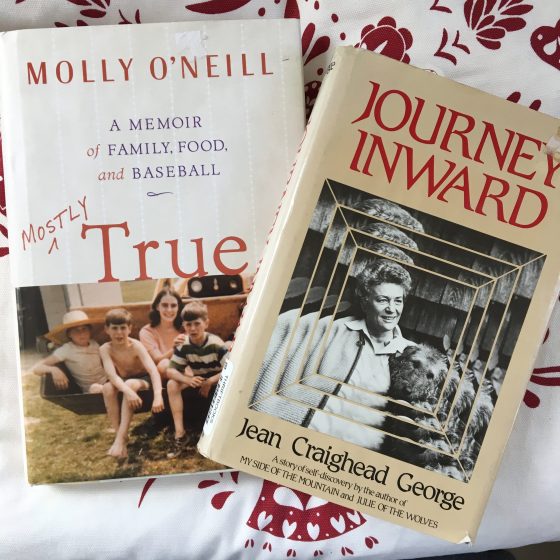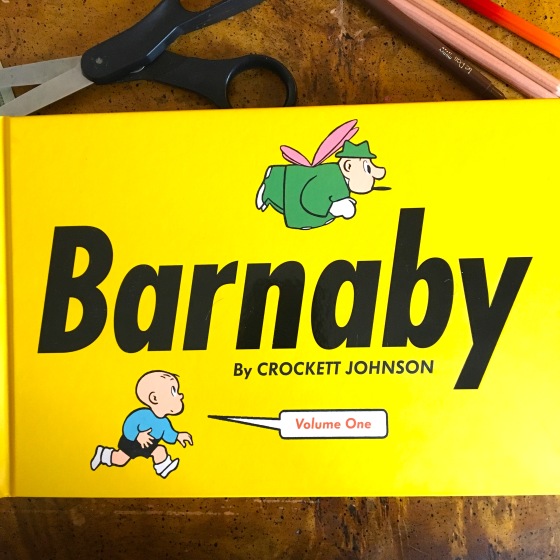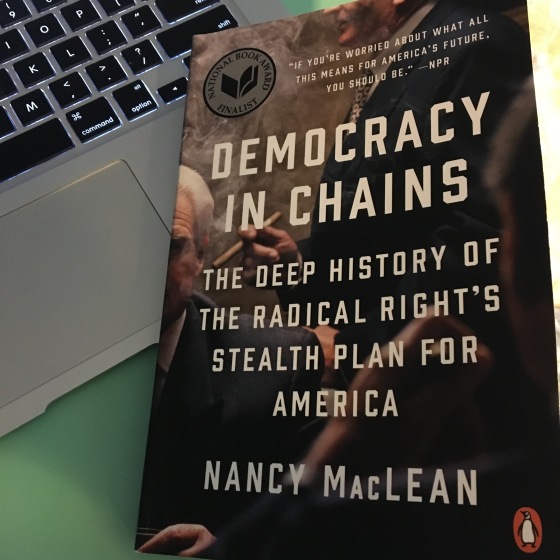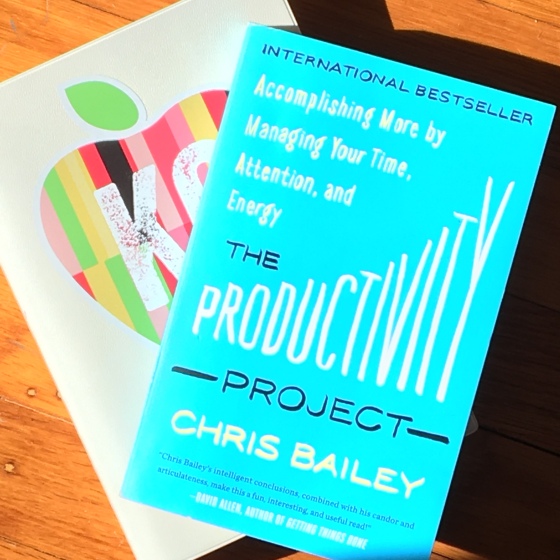
Last weekend, the New York Times Book Review published an article noting the fifty best memoirs published over the last fifty years (that would be since 1969!). I am a lover of the memoir, so I was a little chagrined that of the chosen books, I have only read nine of the selected books. The last two books I read fall into the memoir genre, but neither made the NYT list. I, nonetheless, found them both to be captivating accounts of women who lived lives which were, in turn, charming, thrilling, melancholy, and, above all, memoir-worthy.
The book, My Side of the Mountain made me want to run away from home and live in a tree. Jean Craighead George wrote a novel for kids that kindled the flame of adventure and independence that I loved. My Side of the Mountain is the story is of a boy named Sam who runs away from home. He is unhappy in his city life and he seeks the nature and peace of the mountains. He is on his own for a year. The book describes his day to day existence and his reliance on a peregrine falcon for both friendship and survival. My Side of the Mountain was one of the first kid’s books that Jean Craighead George wrote, but it was not her first book. During her marriage, she and her husband co-authored several nature books and articles while gaining firsthand experience. Through their early years of marriage, they lived in tents in the middle of wilderness. As a young wife in the 1960s, Craighead George felt the need to boost her husband’s career, and in doing so, she abdicated much of her own credit. When family financial stress pushed her, she found her own voice and began to write the classic books that would ultimately win her the Newbery Award for her book, Julie of the Wolves. Journey Inward is Jean Craighead George’s story of becoming a writer and becoming a whole person. She is honest about the struggles of marriage to a dreamer who won’t live up to his potential or understand what it means to have a family for which he is responsible. She is honest about raising kids in the 1960s when society seemed to be changing by the minute. She is honest about the fear and loneliness and doubt that came with divorce. Through all of it, however, she writes of her connection with nature and her bringing her children up and into adulthood with hearts that always were open to creatures in need. It was a terrific book and made me order a new copy of My Side of the Mountain. I now need to read it again and I can’t seem to find my old copy!
The food writer and cookbook author, Molly O’Neill recently died. Several years ago, Molly needed a liver transplant. The liver that was removed was found to be cancerous, and that cancer had spread. Her final book that she was working on at the time of her death was to be titled, Liver: A Love Story. I am not sure what is to become of that one, but the love story that she wrote her family, Mostly True: A Memoir of Family, Food and Baseball, is wonderful. Molly was the oldest child of six. She was the only girl in a family where baseball was drilled into the family DNA by a dad who didn’t get his opportunity to play in the majors. Her descriptions of her tale-telling Dad, her opinionated mom, and her gregarious brothers are delightful. You get the feel of the energy and tension that continuously surrounded that family. You watch Molly serve as a surrogate mom to her herd of brothers and yearn to be her own person. Molly finds her way out through art, literature and food. Cooking for her family gave her a path that led to jobs on the East Coast cooking for a who’s who of personalities. In her memoir, she weaves her rise in the culinary and literary world with what is going on with her family. On occasion, some of her brothers find comfort and new skills by moving near her. Always, her parents struggle financially. Finally, a brother does what was meant to be and becomes a major league baseball player. Her dad dies and leaves a complicated relationship. The family bond remains strong.
Being a woman; being a wife; being a daughter – these are complicated roles no matter what timeframe you are talking about them. Both of these books are telling stories when women were less. Reading them today, the world that these books paint is bracing. The women that come out of them, however, are wonders.


 I have a little catch-up work to do here with three additional books to add to my list. These are my books 16, 17 and 18, which puts me 35% of the way to 52 books this year. That compares to today being the 103rd day of the year which is 28% of the way through 2019. I am feeling pretty good about my progress, but I need to keep digging in and keeping up the pace.
I have a little catch-up work to do here with three additional books to add to my list. These are my books 16, 17 and 18, which puts me 35% of the way to 52 books this year. That compares to today being the 103rd day of the year which is 28% of the way through 2019. I am feeling pretty good about my progress, but I need to keep digging in and keeping up the pace.






